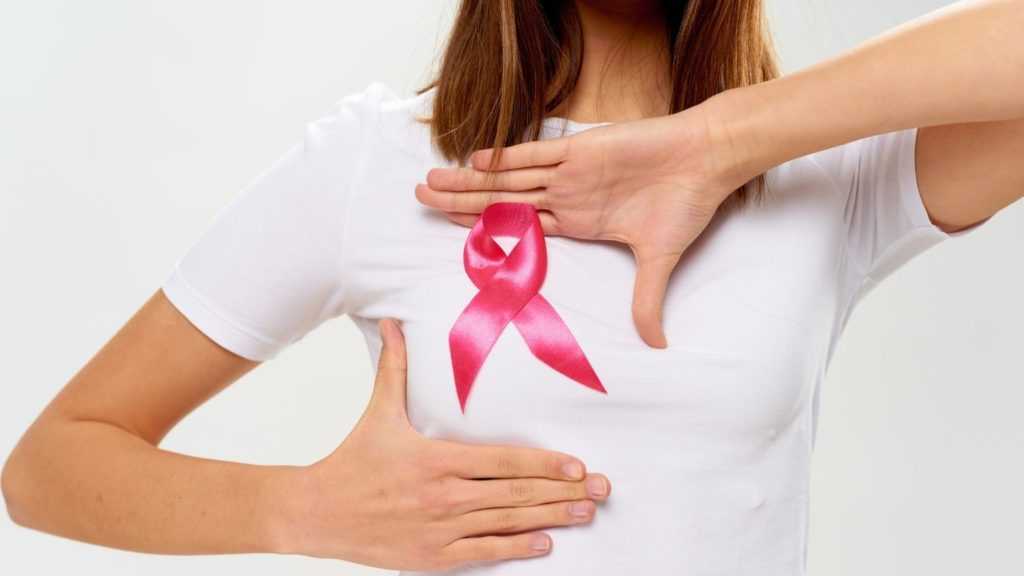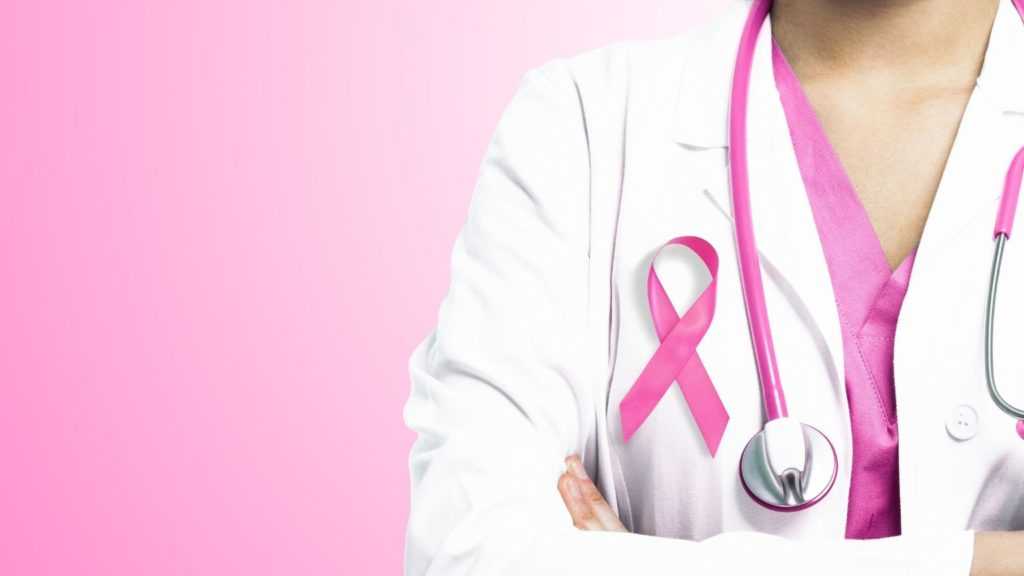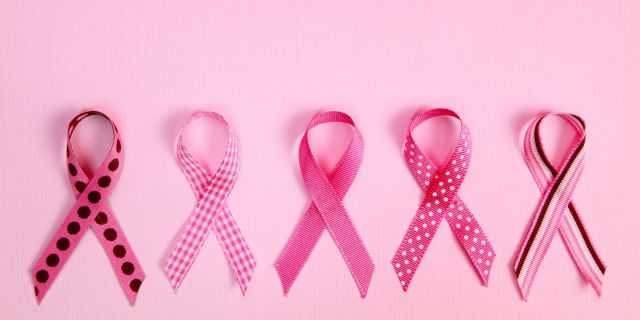Regarding breast cancer, the interesting point is that all of us are talking about the treatment, but none of us raised the issue “why breast cancer growth rate is higher in Pakistan? The answer is multifactorial. The most common being lack of awareness and our social set-up, where if a woman is detected to have breast cancer is considered a stigma. Many women never even get to a doctor. Many don’t share about the problem with the family and the doctor. The rate of disease is getting worse. It is often diagnosed when the disease is already in an advanced stage, resulting in poor prognosis.
Pakistan has the highest incidence of breast cancer in Asia, accounting for nearly one in eight female patients. It kills nearly 40,000 women every year. Its incidence is about 20-30% higher in Pakistan than in the west. During the period from 1990 to 2013 breast cancer cases increased from 16,900 to 54,400. Deaths were highest from 7,100 to 16,200. Although it is predominantly seen in women, it can also develop in men.


The aim of this article is to educate women by increasing awareness regarding early detection and the need to consult a doctor if they have any symptom of breast cancer. As this disease not only affects a woman in the form of depression, anxiety and anger due to the uncertainty of future, the unpredictability of cancer, disability but her whole family in terms of social and financial aspects. It is necessary to have updated knowledge about prevalence, risk factors, causes, symptoms, diagnosis, and treatment.
Read More: Symptoms of Prostate Cancer and 8 Treatment Options
Researchers have identified the risk factors for developing breast cancer include being female, low socio-economic status, lack of awareness, lack of exercise, obesity, drinking alcohol, smoking tobacco, post-menopausal hormones therapy, early menarche, late menopause, having first child late or not at all, having never been pregnant, previous history of breast or ovarian cancer, ionizing radiations, increasing age, family history, inherited genes BRCA1 and BRCA2.
Causes of Breast Cancer:
Causes of breast cancer are not clear. It requires extensive research to find the cause of this cancer. It starts when certain cells in the breast become abnormal by changes or mutation in DNA and multiply uncontrollably to form a mass. These cells may spread from the breast to lymph nodes and other body parts.
Symptoms of Breast Cancer:
Early diagnosis of breast cancer is associated with good prognosis. It is important if you notice a lump or feel anything unusual, have it checked by your doctor. Possible symptoms of breast cancer to watch for include:
Early stage:
Breast cancer may not cause any symptom in its early stages. A lump may be too small for you to feel. Often it turns up on screening mammogram. They often feel when a tumor grows large.
- Breast Lump (Most common symptom. All breast lumps are not cancerous. A lump that is painless, hard and has irregular edges is more likely to be cancer. Pain is more often a symptom of noncancerous mass. But breast cancer can be painful, soft or rounded.)
- Lump in the armpit.
- Changes in size, shape or feel of a breast.
- Changes in the position of the nipple (Inverted nipple).
- Blood discharge from the nipple.
- Redness or scaling of the nipple.
- Skin changes include puckering, dimpling, rash, redness of the skin (Orange peel skin).
Late stage:
Bone pain, weight loss, nausea, loss of appetite, shortness of breath, cough, headache, double vision and muscle weakness.
WHEN TO SEE A DOCTOR:


If you find a lump or other changes in your breast, make an appointment with your doctor for prompt evaluation. You can Find and Consult a Doctor in any city of Pakistan.
Diagnosis:
Most commonly used methods are a physical examination of breast, mammography and biopsy. If further needed imaging by MRI and Ultrasound warrant excisional biopsy as a definitive diagnostic and primary treatment method
TREATMENT:
Who Treat Breast Cancer?
- Breast Surgeon.
- Oncologist.
There are several ways to treat breast cancer, depending on the type of breast cancer, stage of breast cancer, overall health, have you reached menopause, hormone receptor status, the risk of recurrence. Nowadays, you can easily find the best Oncologist in Lahore or in any other main city of Pakistan.
Local Treatment:
Local therapies treat the tumor without affecting the rest of the body. It includes:
- Surgery
- Radiation therapy
Surgery:
It is the most common form of treatment. It includes lumpectomy, partial mastectomy, radical mastectomy and reconstruction. The type of surgery depends on the size and location of the tumor, size of the breast, the spread of cancer to a lymph node, and if already had any treatments for breast cancer.
Radiation Therapy:
It uses direct radiation through the skin to the tumor and tissue around it. It is given after breast-conserving surgery, and in some case after mastectomy. It is also used to treat breast cancer that has spread to the bones, lungs or brain.
Systemic Treatments:
This refers to drugs, which can be given by mouth or directly into the bloodstream to reach cancer cells anywhere in the body. It includes:
- Chemotherapy.
- Hormone Therapy.
- Targeted Therapy.
Chemotherapy:
It is a combination of drugs to slow down the growth or to destroy cancer cells. In early stages of breast cancer, it is given after surgery to reduce the risk of recurrence. It is also used for advanced or metastatic breast cancer.
Hormone Therapy:
It is used to treat hormone receptor-positive cancer.
Targeted Therapy:
It is given alone or in combination with chemotherapy, hormonal therapy or both, it uses drugs that block the growth of breast cancer cells, often reducing side effects.
Nutrition and physical activity:
Take good care of yourself before, during and after breast cancer treatment.
Follow-up care:
After treatment regular follow-up is an important part of cancer care. Regular follow-up visits particularly in the first 5 years to monitor progress and recovery from treatment.
Take home message:
10 lifestyle tips to protect yourself against breast cancer.
- Regular exercise.
- Eat fruits and veggies.
- Know your family history.
- Check for lumps regularly.
- Aim for early detection.
- If at risk, consider preventive measures.
- Get screened.
- Maintain a healthy weight.
- Limit menopausal hormones.
- Keep your medical appointments.
Now you can easily find the best Oncologist near your area using Marham Find a Doctor.

